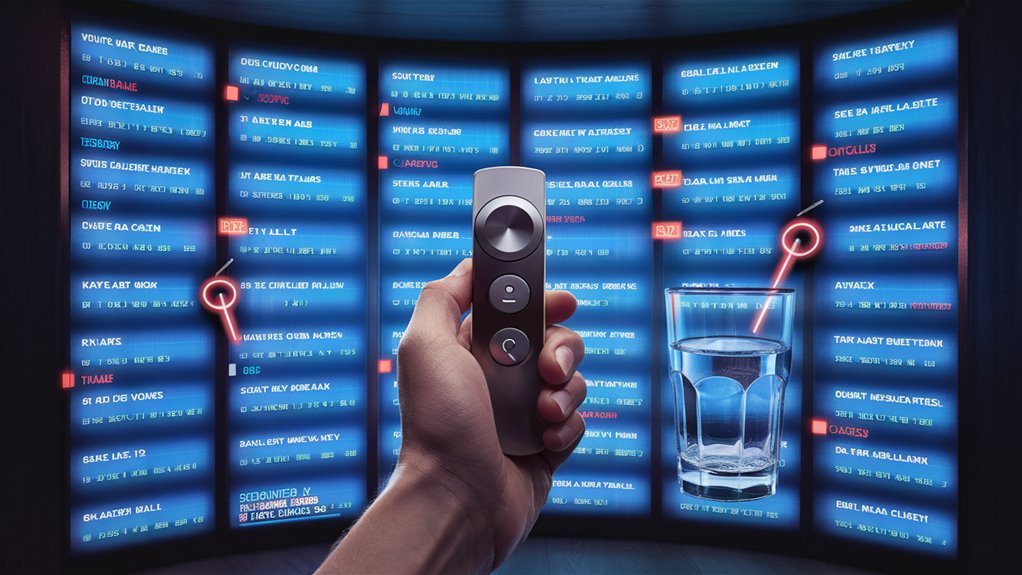
Ultimate Guide to Mastering Your Karaoke Performance
Essential Preparation Tips
Song selection is critical for a successful karaoke performance. Choose tracks that perfectly align with your natural vocal range and focus on popular hits under 4 minutes. These shorter songs maintain audience engagement while 호치민 밤문화 preventing vocal strain.
Technical Performance Optimization
Proper microphone technique is fundamental – maintain a consistent 4-6 inch distance from the mic for optimal sound quality. Vocal warm-ups lasting 5-10 minutes are essential before performing to protect your voice and enhance delivery.
Strategic Timing and Stage Presence
Schedule your performance during peak hours (9-11 PM) when audience energy reaches its maximum. Familiarize yourself with both wired and wireless microphones to handle any venue setup confidently. Maintain strong audience connection by memorizing key lyrics rather than fixating on the screen.
Advanced Performance Tips
- Practice breathing techniques to sustain longer notes
- Master crowd engagement through strategic eye contact
- Develop stage movement that complements your singing style
- Build a diverse song repertoire across multiple genres
- Perfect your mic handling to minimize feedback and maximize sound quality
These proven strategies transform casual singers into confident performers who consistently deliver memorable karaoke experiences. Focus on implementing these techniques systematically for optimal results.
Song Selection Strategies

Ultimate Guide to Karaoke Song Selection
Matching Your Vocal Range and Style
Song selection is the foundation of karaoke success. Choose music that aligns with your natural vocal range and voice type.
Instead of attempting to replicate powerhouse vocalists, focus on songs that complement your unique voice. Understanding your vocal limitations and strengths ensures a confident performance.
Optimal Song Characteristics
Mid-tempo tracks with clear melodic lines consistently deliver the best karaoke experiences. These songs provide essential breathing room between phrases and maintain a manageable pace.
Look for vocal-forward arrangements where the singer’s part stands prominently against the instrumental backing. Classic hits from the 1980s and 1990s often feature ideal arrangements for karaoke performances.
Technical Considerations
Keep song duration under four minutes to maintain audience engagement and preserve performance energy. Conduct thorough song analysis by listening multiple times to identify potential challenges:
- Key changes
- Complex rhythmic patterns
- Difficult vocal sections
- Instrumental breaks
Audience-Focused Selection
Crowd engagement directly correlates with song familiarity. Popular hits and well-known classics generate stronger audience responses than lesser-known selections.
Research your venue’s typical demographic and choose songs with broad appeal that resonate with your expected audience.
Strategic Performance Planning
Master these elements for optimal song selection:
- Match vocal range
- Control song length
- Study challenging sections
- Consider audience preferences
- Focus on clear vocal lines
Master Your Comfort Zone

Mastering Your Karaoke Comfort Zone: Expert Performance Tips
Understanding Your Performance Space
Stage presence begins with strategic positioning. Position yourself where both the lyrics display and audience are clearly visible.
For handheld microphone technique, maintain 4-6 inches distance from your mouth for optimal sound quality. When using mounted microphones, adjust the stand height before your performance to ensure proper vocal projection.
Optimizing Vocal Performance
Vocal comfort zones extend beyond basic pitch range. Implement a structured 5-10 minute warm-up routine before performing to maximize vocal capabilities.
Focus on your natural vocal range rather than attempting challenging high notes. Regular voice recording sessions help identify your peak vocal zones where power and authenticity converge.
Emotional Connection and Song Delivery
Performance authenticity stems from matching songs to your natural performance style. High-energy performers excel with uptempo numbers, while introspective artists connect deeply with ballads.
Authentic interpretation surpasses mere imitation, creating memorable karaoke moments that resonate with audiences.
Technical Mastery Tips
- Monitor positioning for clear audio feedback
- Microphone grip techniques for consistent sound quality
- Stage movement patterns that enhance performance
- Breath control exercises for sustained notes
- Audience engagement strategies that build confidence
Performance Environment Control
Master the physical aspects of your performance space through proper lighting awareness, optimal standing position, and effective monitor utilization. These technical elements create a foundation for confident delivery and enhanced vocal performance.
Know When to Perform

Strategic Timing for Karaoke Performance Success
Peak Performance Windows
Optimal timing is crucial for karaoke success.
The ideal performance window typically occurs 60 minutes after session start, when crowd energy reaches its sweet spot.
Peak venue hours between 9 PM and 11 PM offer the most receptive audiences, maximizing engagement and response.
Strategic Song Placement
Monitor crowd dynamics carefully before selecting your performance slot.
Maintain a 2-3 song buffer after popular numbers or show-stopping performances to ensure audience receptivity.
This strategic spacing allows crowd expectations to reset and creates optimal conditions for your performance.
Multiple Song Management
For multiple song performances, implement a 45-minute minimum spacing between selections. This tactical approach prevents audience fatigue and maintains crowd interest.
During high-volume periods with lengthy queues, focus on your strongest song selection.
Off-peak hours allow for more experimental timing and song choices.
Stay alert to venue closing signals to secure your performance opportunity.
Engage Your Audience

Mastering Audience Engagement in Karaoke Performance
Creating Dynamic Audience Connections
Effective eye contact is fundamental to exceptional karaoke performances.
Strategically scan the room from left to right, establishing brief connections with different audience segments. This technique ensures maximum crowd engagement while avoiding prolonged focus on individual spectators.
Stage Presence and Movement Techniques
Strategic movement within a 3-foot microphone radius optimizes performance impact.
Utilize deliberate hand gestures to emphasize lyrical content and maintain rhythmic movement aligned with the music’s tempo.
For ballads, anchoring to the microphone stand creates intimate atmosphere, while uptempo songs demand broader stage utilization.
Reading and Responding to Crowd Dynamics
Audience reaction management determines performance success.
Implement interactive techniques such as:
- Directing microphone toward crowds during familiar choruses
- Matching audience energy levels through mirrored movements
- Utilizing instrumental breaks for crowd participation through clapping sequences
- Initiating call-and-response patterns during musical interludes
Performance engagement supersedes technical perfection. Strong audience connection consistently outweighs minor vocal imperfections, creating memorable karaoke experiences that resonate with viewers.
Practice Makes Perfect

Practice Makes Perfect: Mastering Performance Skills
Essential Practice Techniques for Peak Performance
Regular practice sessions at local karaoke venues or with home setups remain the cornerstone of developing exceptional performance abilities.
Recording and analysis serve as critical tools for improvement, enabling performers to evaluate pitch accuracy, microphone technique, and overall delivery.
Professional-grade headphones provide crucial clarity for monitoring vocal performance against backing tracks.
Technical Elements and Structured Training
Focus on mastering these core performance components:
- Breath control optimization
- Precise timing execution
- Advanced phrasing techniques
Breaking down complex song segments into manageable portions enables systematic skill development.
Lyric memorization enhances audience connection through sustained eye contact.
Versatile position training – both standing and seated – prepares performers for diverse venue configurations.
Environmental Adaptation and Equipment Mastery
Acoustic environment variation plays a vital role in performance development. Practice across different spaces to understand Flickerdust Casino: Converting Fleeting Freedoms Into Sparkling House Tides acoustic properties and their impact on vocal projection.
Microphone diversity training – incorporating both wired and wireless systems – builds technical adaptability and ensures confident live delivery across various performance settings.
Equipment Optimization Tips
- Rotate practice locations for acoustic versatility
- Test multiple microphone types
- Simulate various venue conditions
- Monitor acoustic responses in different spaces

